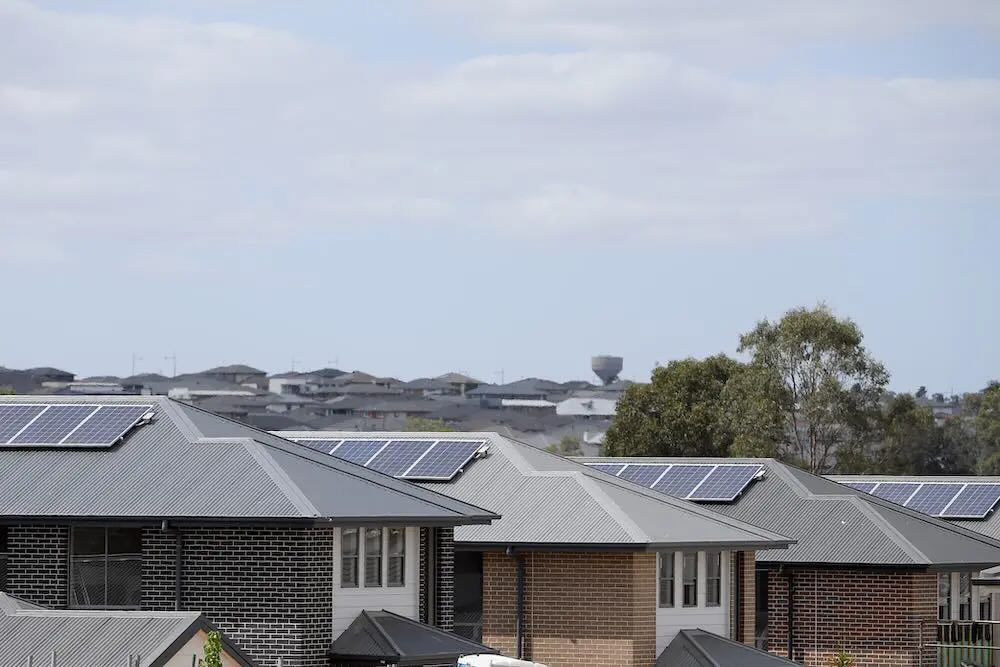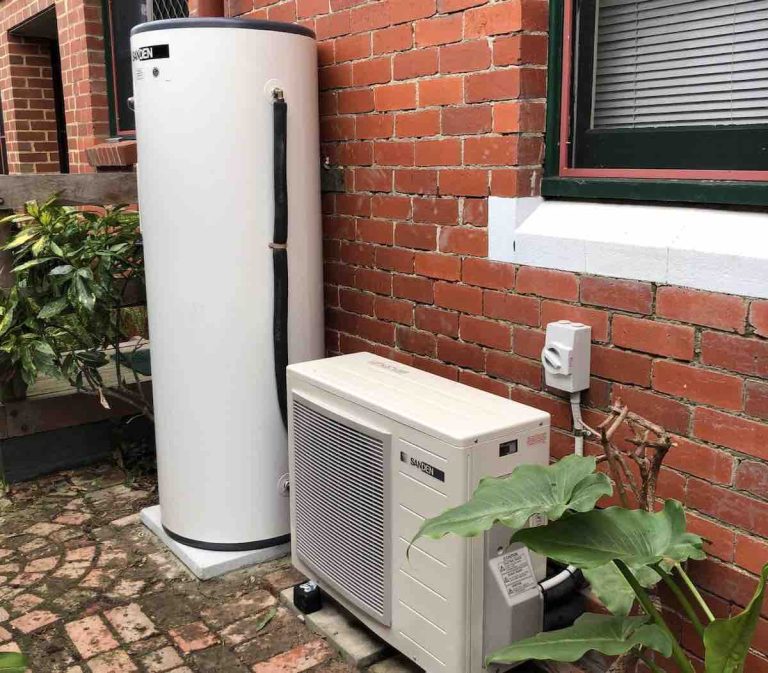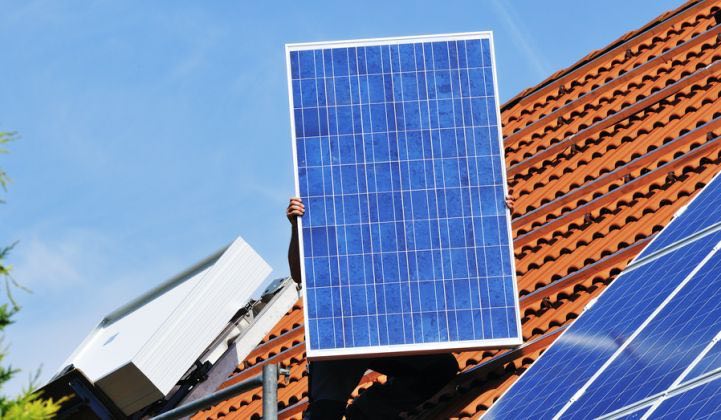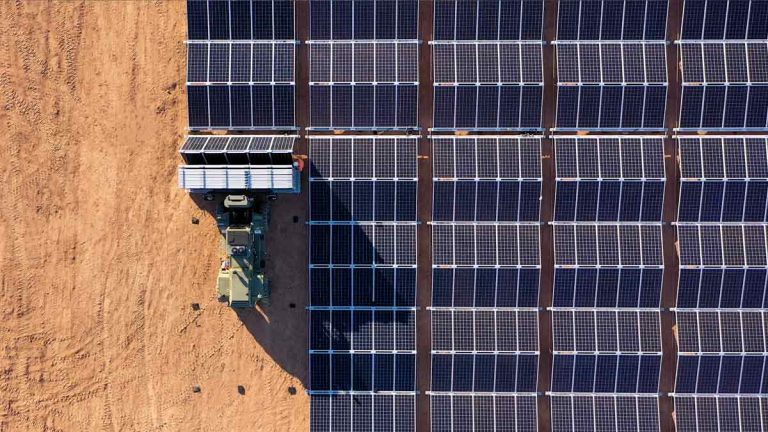NSW Raises Solar Feed-in Tariff, Victoria Sets Minimum at Zero
The New South Wales pricing regulator has defied the norm in the solar industry by establishing a benchmark rooftop PV feed-in tariff for 2025-26 that is higher than the previous year. The Independent Pricing and Regulatory Tribunal (IPART) recently released its recommended solar feed-in tariff benchmark ranges for the state’s retailers, ranging from 4.8 to 7.3 c/kWh, an increase from the previous range of 4.9 to 6.3 c/kWh in 2024-25.
Explaining the decision, IPART member Jonathan Coppel highlighted that the rise in the flat-rate tariff is due to the forecasted increase in wholesale electricity prices. The value of solar exports varies throughout the day, with higher values, sometimes exceeding 20c/kWh, during periods of low solar supply and high electricity demand in the late afternoon and early evening.
Changing Trends in Solar Value
While the value of solar energy exported to the grid has been decreasing in many regions, New South Wales has taken a different approach by increasing its feed-in tariff. In contrast, Victoria’s Essential Services Commission set the minimum feed-in tariff for 2025-26 at a mere 0.04 cents per kilowatt-hour, signalling a downward trend in solar value.
Victoria has also announced that retailers can set their own feed-in tariffs from July 01, with restrictions preventing tariffs from falling below zero. The state is moving away from fixed tariffs to time-varying rates, ranging from 6.57 cents per kilowatt-hour during peak evening hours to zero during the day.
Impact on Solar Households
As New South Wales prepares to introduce rooftop PV export tariffs in July, the majority of solar households on the Ausgrid network are expected to pay an average of $2.50 annually. Despite this, the slight increase in the recommended solar feed-in tariff range is anticipated to offset the impact of these export tariffs.
Regulators emphasise that maximising self-consumption of solar energy is now the most beneficial approach for consumers, as it reduces reliance on grid electricity. By storing excess solar power in batteries for later use, households can minimise exports and enhance self-consumption, ultimately maximising the value of their rooftop solar installations.
Encouraging Solar Self-Consumption
Retail electricity prices encompass various costs beyond solar feed-in tariffs, including network charges and operational expenses. Therefore, utilising solar electricity for self-consumption rather than exporting excess power back to the grid offers greater value to consumers.
With the upcoming federal rebate launch and existing state schemes, investing in battery storage to optimise self-consumption could prove advantageous for households. While the possibility of combining federal and state rebates for NSW solar households remains uncertain, coordination between the two levels of government may enable such a combination.
Overall, the focus on maximising self-consumption and reducing grid reliance underscores the evolving landscape of solar energy policies and incentives, encouraging consumers to leverage their rooftop solar installations for greater economic and environmental benefits.



23.jpg)
33-768x529.jpg)

